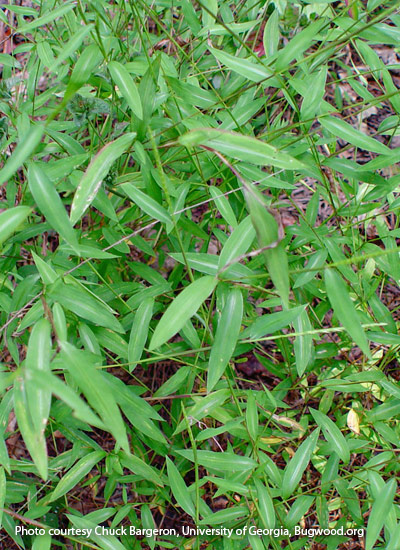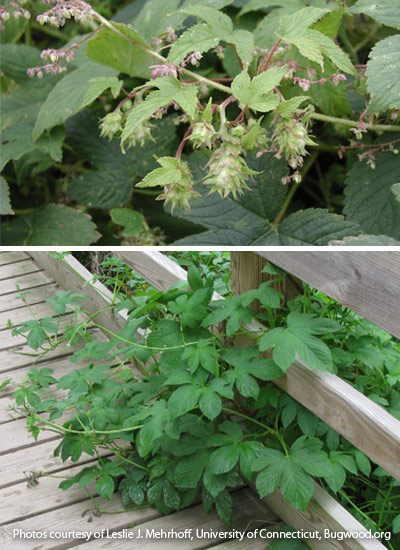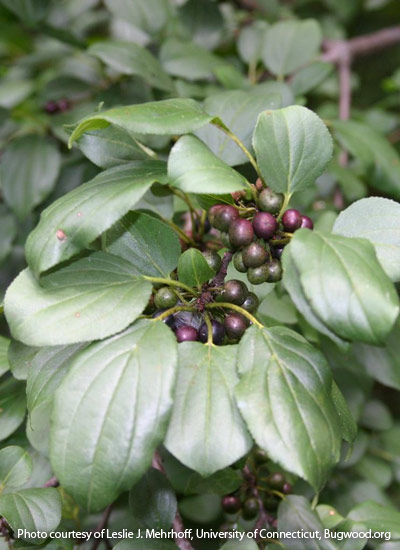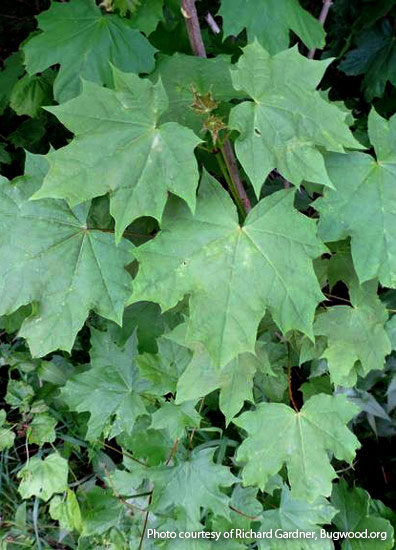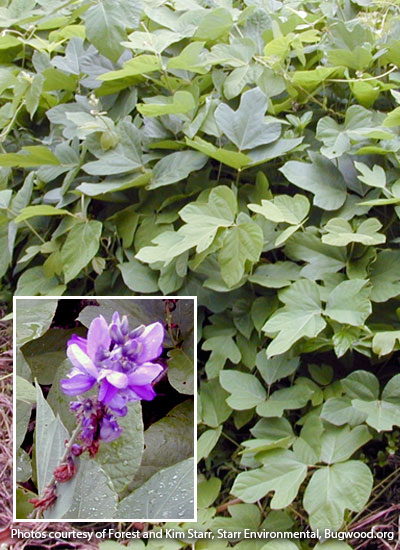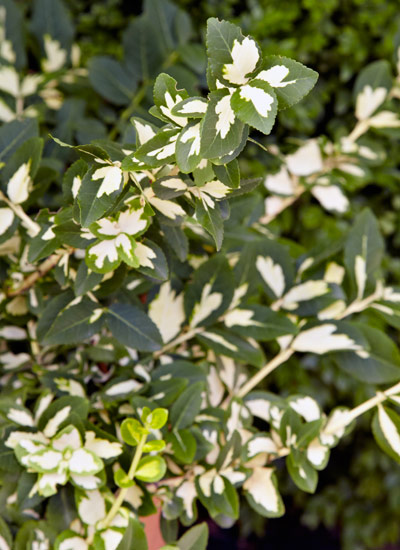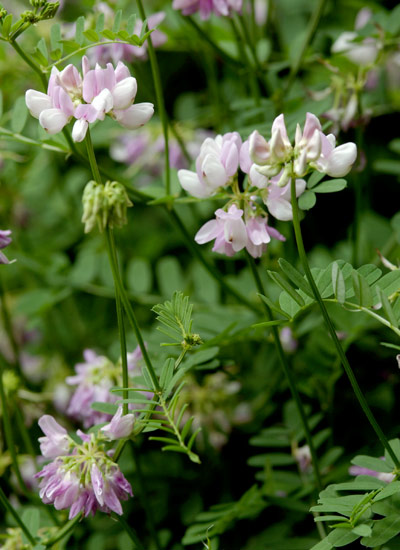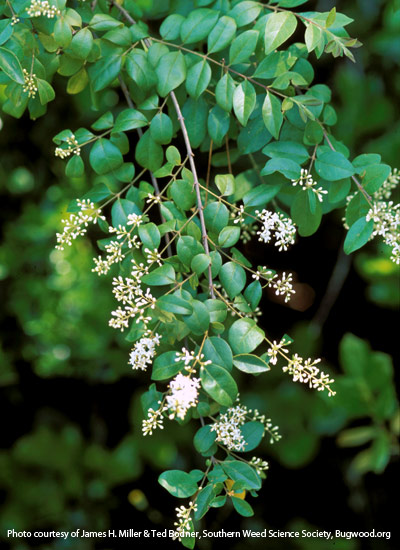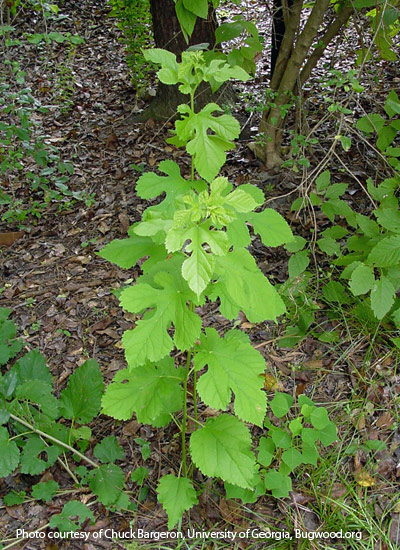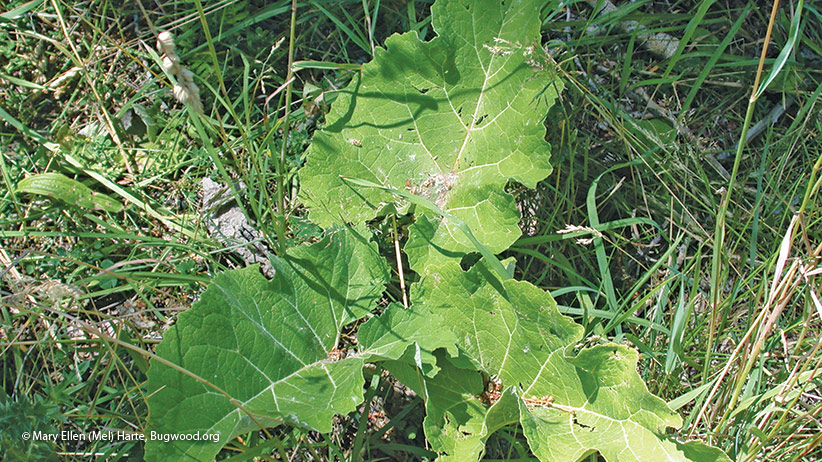What are invasive plants?
Non-native invasive plant species pose an increasing threat to our natural ecosystems. Invasive plants are plants that have been introduced into an environment in which they did not evolve and so usually have no natural enemies to limit their reproduction. Many of these plants have escaped from gardens and landscapes where they were originally cultivated. Purchased at local nurseries, wholesale suppliers and mail-order sources, these plants have the potential of taking over large areas, affecting native plants and animals and negatively changing local ecosystems.
The negative consequences of invasive species are far-reaching, costing the United States billions of dollars in damages every year. The more we learn about invasive plants, the more we realize how difficult they are to control, much less eradicate. The obvious course of action is to avoid planting these species in the first place. There are many good native plant alternatives to common problem plants. Learn to identify invasive species in your area and report any sightings to your county extension agent or local land manager. In selecting new plants for the garden, consider if they have heavy seed production or other invasive characteristics. If a plant does pose a hazard, it should be avoided.
A note on using herbicides containing glyphosate: All invasive plants do not require the same concentration of herbicide for control. Ortho Kleen-Up contains 2% of the active ingredient glyphosate. Roundup Lawn and Garden is 18% and Roundup concentrate contains 41% glyphosate. Tractor Supply Company sells a 50% glyphosate product called Weed and Grass Killer.The amount of glyphosate needed to kill specific weeds can vary depending on the species of plant, type of plant and size at the time of application. Read the product label for specific recommendations.
See also Plant Guide




